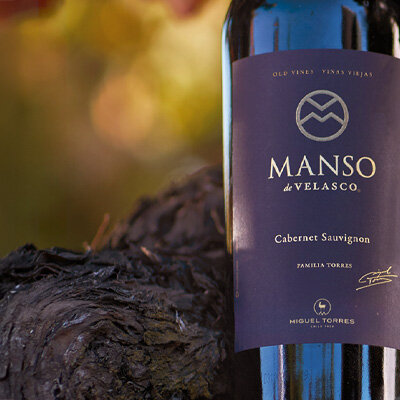Today, Tuesday 10 September, is National Port Day – an annual celebration that pays tribute to the rich history and exceptional qualities of Portugal’s magnificent ports.
Initiated by the Douro and Port Wine Institute, it commemorates the creation of the Douro Demarcated Region by the Marquis of Pombal in 1756.
It also serves as a platform for discovering the wonders of Port and why it’s the perfect drink for any occasion.
By law, all port must be produced in the Douro Valley in northern Portugal. Few wine regions can compete with the sheer beauty of this area. Wild and remote, the valley is a designated UNESCO world heritage site as well as being the world’s oldest demarcated wine region. Today there are a myriad of styles that make Port more versatile and accessible than ever – from crisp white Ports that make amazingly refreshing long drinks, to deep complex Aged Tawnies and surprisingly affordable vintages. Port also offers extraordinary value for money.
White Port
White Port has been popular in its home country of Portugal for many years, due to its versatility and the fact that it makes the perfect aperitif. Mixed with tonic and garnished with mint and lemon as a “P&T”, it makes a deliciously refreshing long drink, not to mention a great lower alcohol option.

Reserve Ports
Reserve Ports have youthful characters and the same rich red colour as Ruby Port. They are made in largely the same way to Ruby Ports but from superior quality grapes and gain slightly in complexity from four to seven years’ wood-ageing before bottling.

LBV Ports
Late Bottled Vintage or ‘LBV Ports’, are made of wines from the best vineyards from a single good vintage (although not necessarily from a ‘declared vintage’ as with Vintage Port). LBV is matured for four to six years in wood and is bottled when ready to drink. These wines have more depth and complexity than a Ruby or standard Tawny but are softer and more approachable than Vintage Port.

Aged Tawnies
Unlike Vintage Port, Tawnies are aged in barrel before blending and bottling when they are ready to drink. As their name suggests, Tawny Ports tend to be somewhat lighter in colour, showing autumnal, amber shades and taste more of nuts and dried fruits in contrast to the robust fruit flavours of Ruby. Higher quality Aged Tawnies carry an indication of age on the label (10, 20, 30 or 40 years old). This relates to the average number of years they have spent maturing in barrels before they are finally bottled. The extra years of wood-ageing soften the colour of Aged Tawnies and give them greater complexity, and their typical nut and raisin characteristics.

Single Harvest Tawny Ports
As the name suggests, Single Harvest Tawny are from a single colheita (harvest). From the label, you can calculate how much wood-ageing the wine has received based on the date of harvest and the date of bottling. These wines are usually best drunk within a year or two of the bottling date. While exhibiting the refined nutty, dried fruit flavours of Aged Tawnies, they also express the unique characteristics of a single year.

Vintage Port – the King of Ports
Vintage Ports are the hallmark of quality only produced in truly exceptional years (30% of the time) and considered one of the pillars of Fine Wine. These very special Ports are made only from the finest wines from the top estates in the Douro Valley and only from harvests which are deemed so extraordinary that a Vintage year is declared by the Port producers. They are the pinnacle of Port quality. Vintage Ports are bottled unfiltered after two years and mature in bottle. Many will continue to mature in the bottle for 30 years or more. Vintage Ports begin life a deep purple-black colour, but this softens with age as they gain in structure and complexity.




